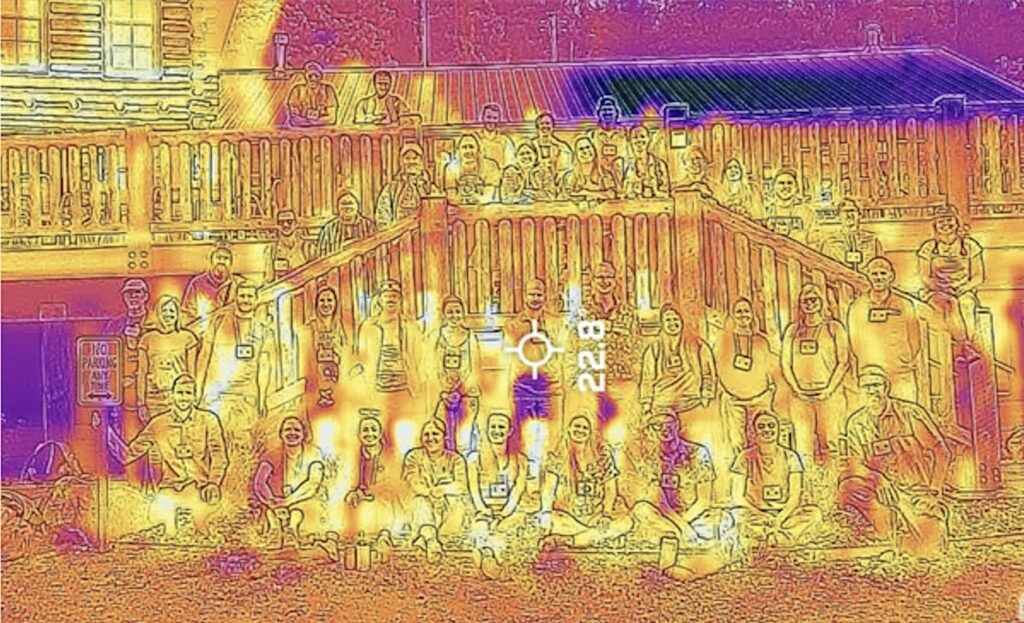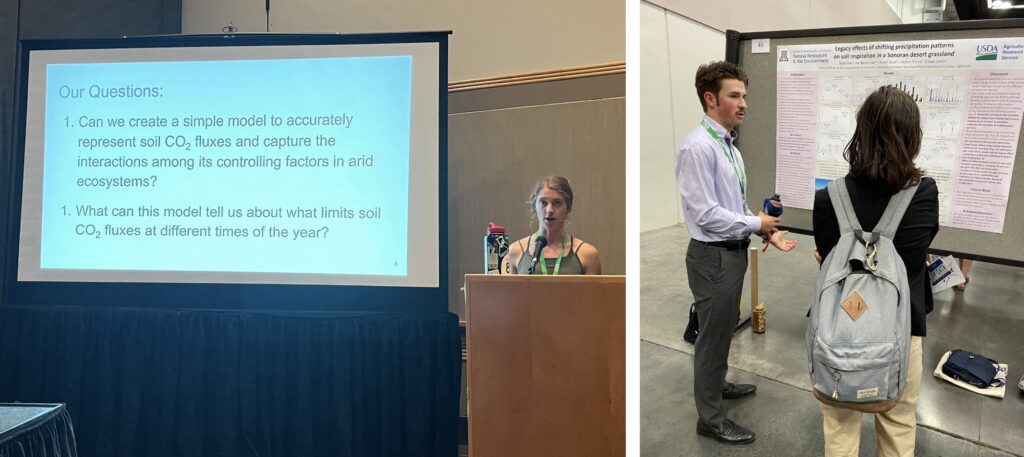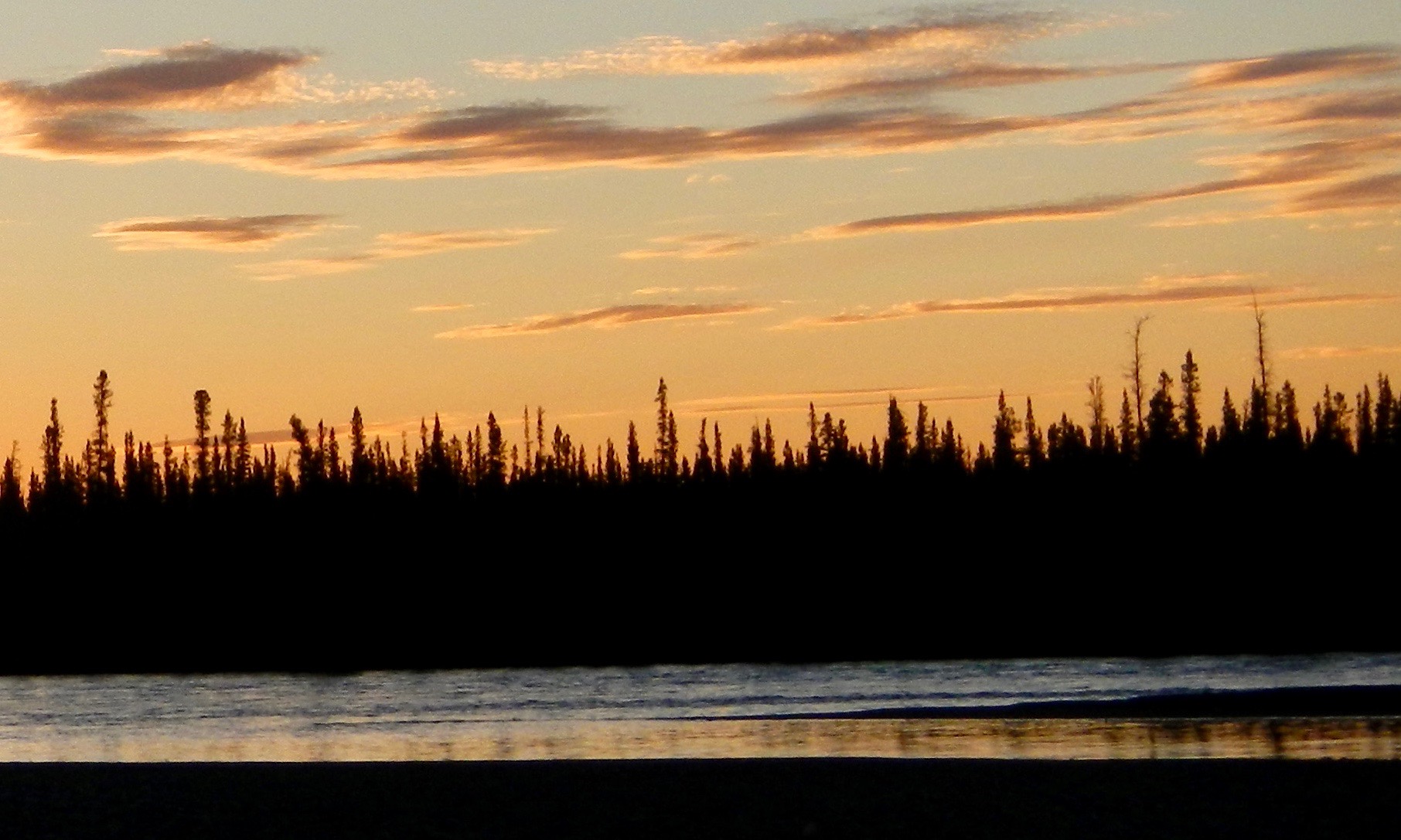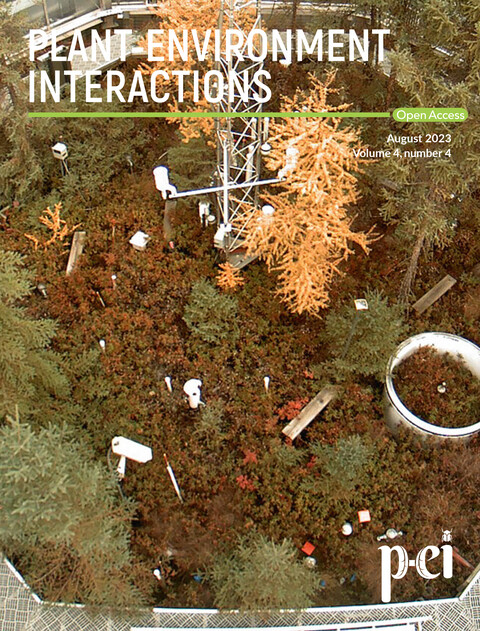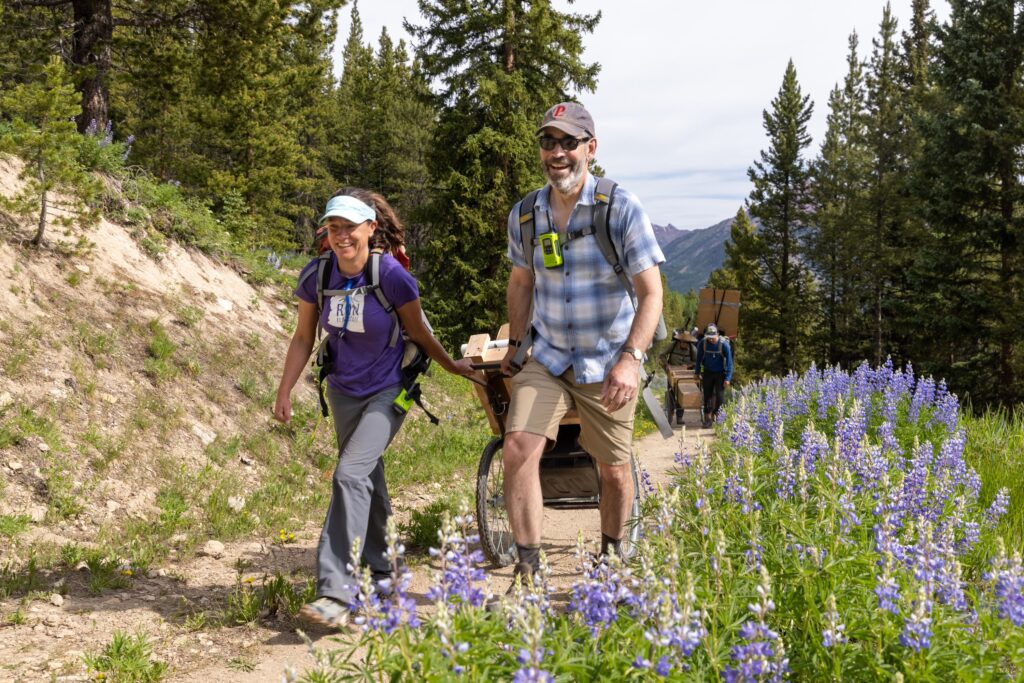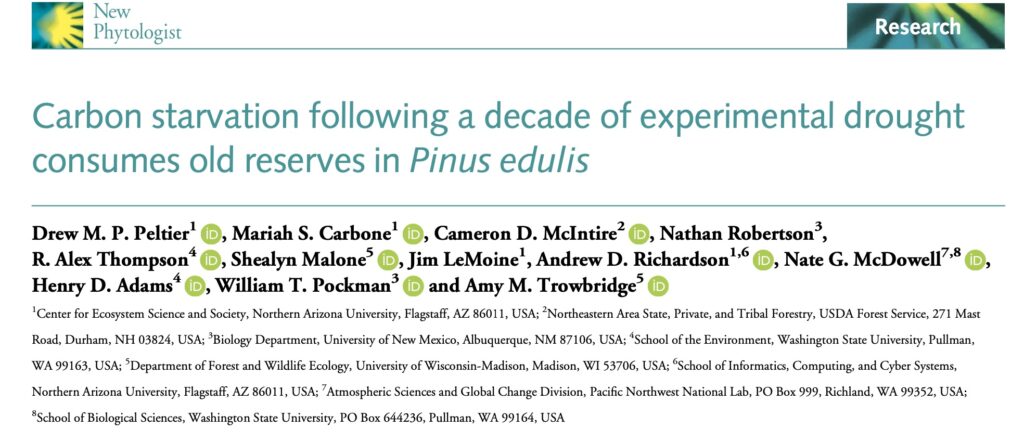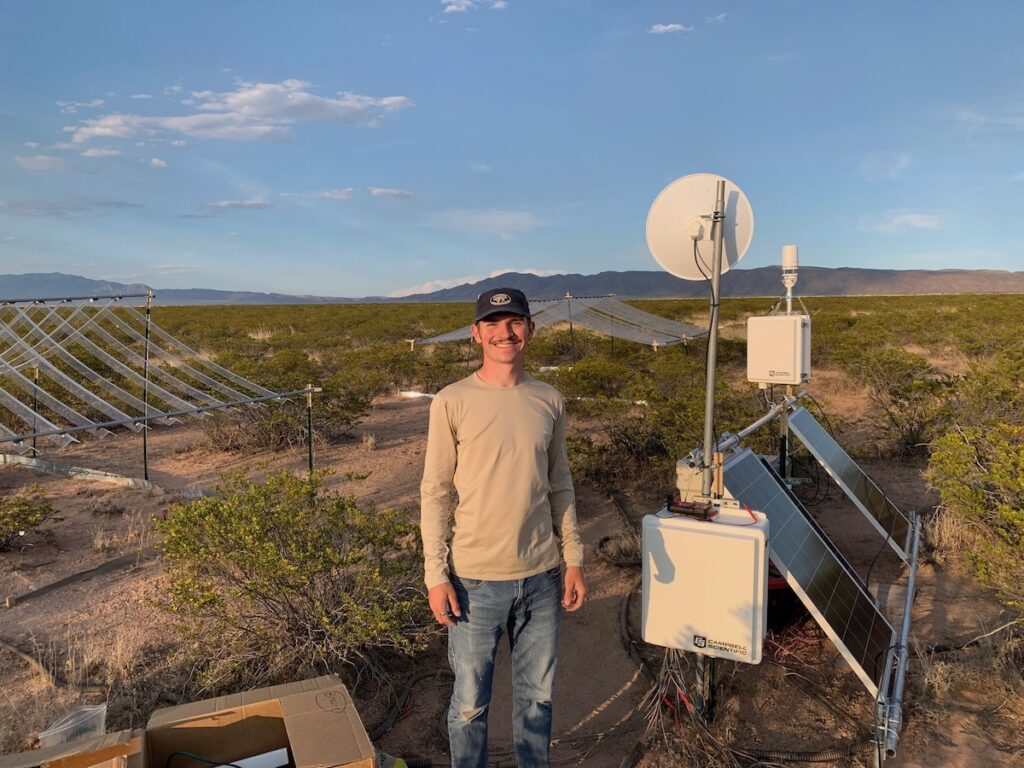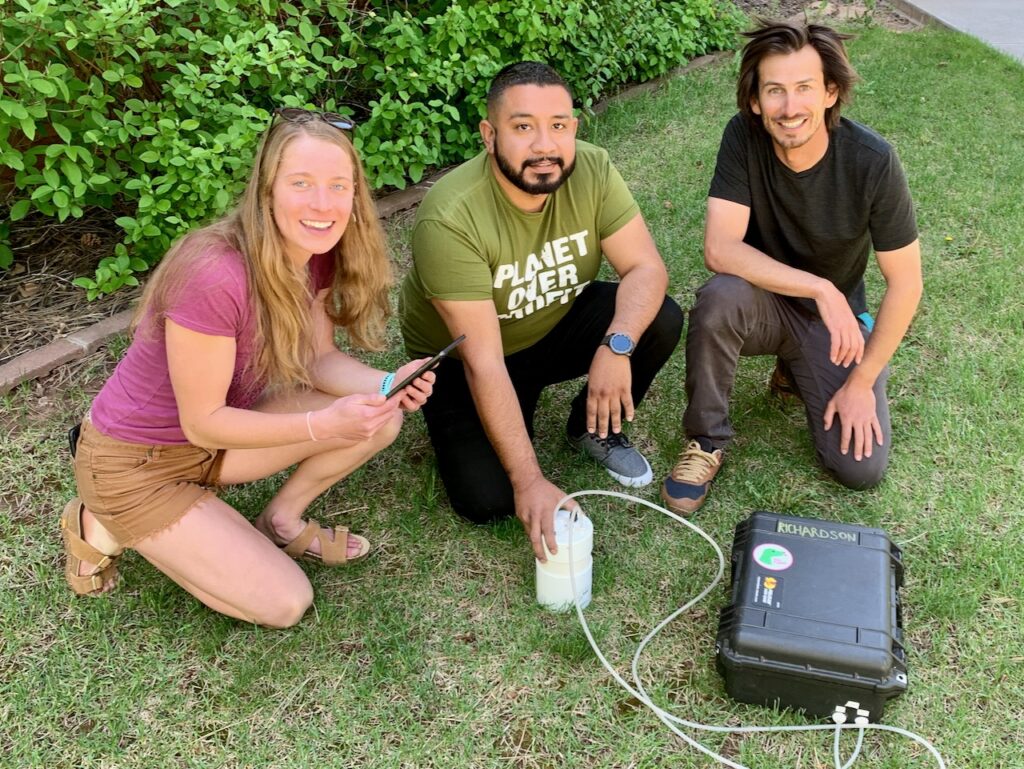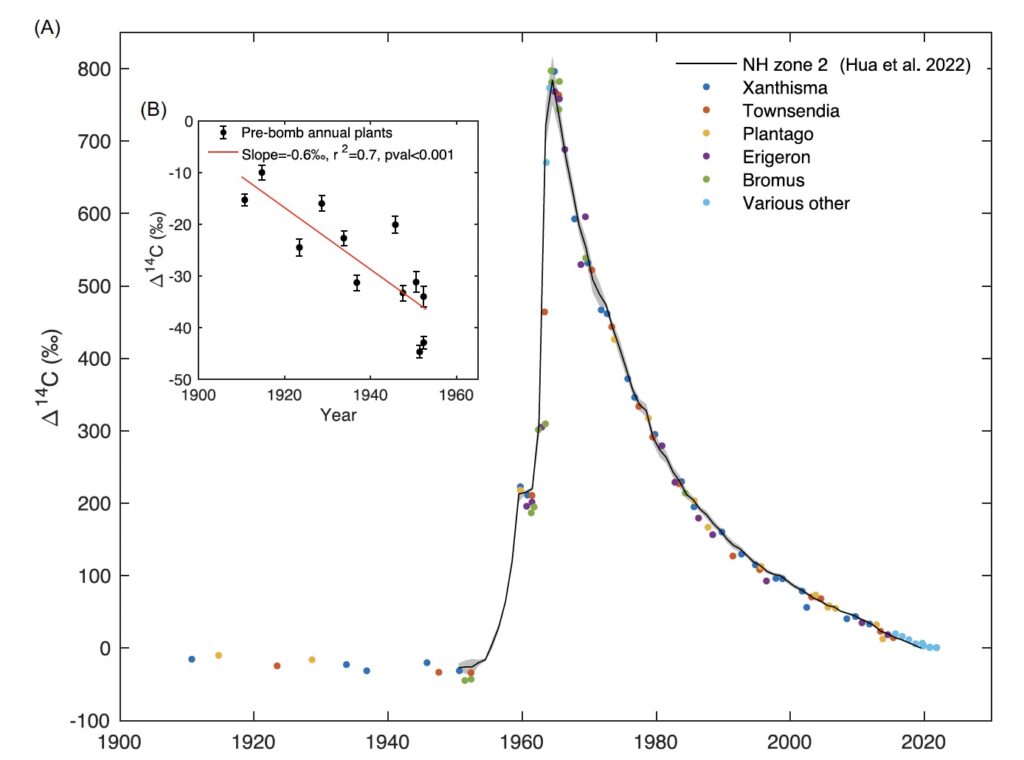Meetings and conferences are all about learning about the latest cutting-edge research, presenting one’s own work, catching up with old friends, and making new friends. It was a busy summer for the lab!
In early July, Darby attended the annual Hubbard Brook Cooperator’s Meeting in Plymouth, New Hampshire, where she had the chance to meet other members of the Hubbard Brook LTER team, and give a presentation on her planned thesis research.
In mid-July, Yujie and Jen attended the “Linking Optical and Energy Fluxes Workshop” held at the Mountain Research Station, Niwot Ridge, Colorado. Jen co-led a workshop on thermal imaging with long-time collaborator Chris Still, and Yujie presented a poster, “Assessing Ecological Similarity of Minimally-Overlapping Flux Footprints through Analysis of NEON AOP.” The usual photo of workshop participants was taken this time using a FLIR thermal camera (see below).
Also in mid-July, Andrew and other NEON Ambassadors co-led the 4-day virtual workshop, “Exploring NEON Derived Data Products,” which was attended by about 20 participants from a range of disciplines, career stages, and backgrounds. A paper, “Recommendations for developing, documenting, and distributing derived data products from NEON data,” is in preparation by workshop participants and organizational team.
In early August, Natasha, Jacob, and Drew (as well as former lab postdoc Alison Post) all presented research at the ESA meeting in Portland, Oregon: Natasha gave an oral talk on her work using phenocam data to improve soil respiration modeling (bottom left); Jacob presented a poster on his RainMan research (bottom right); Drew gave an invited oral presentation on using modeling to understand mixing of old and new storage reserves in trees across a wide ecological range; and Alison gave a talk on her work to model grassland senescence.
